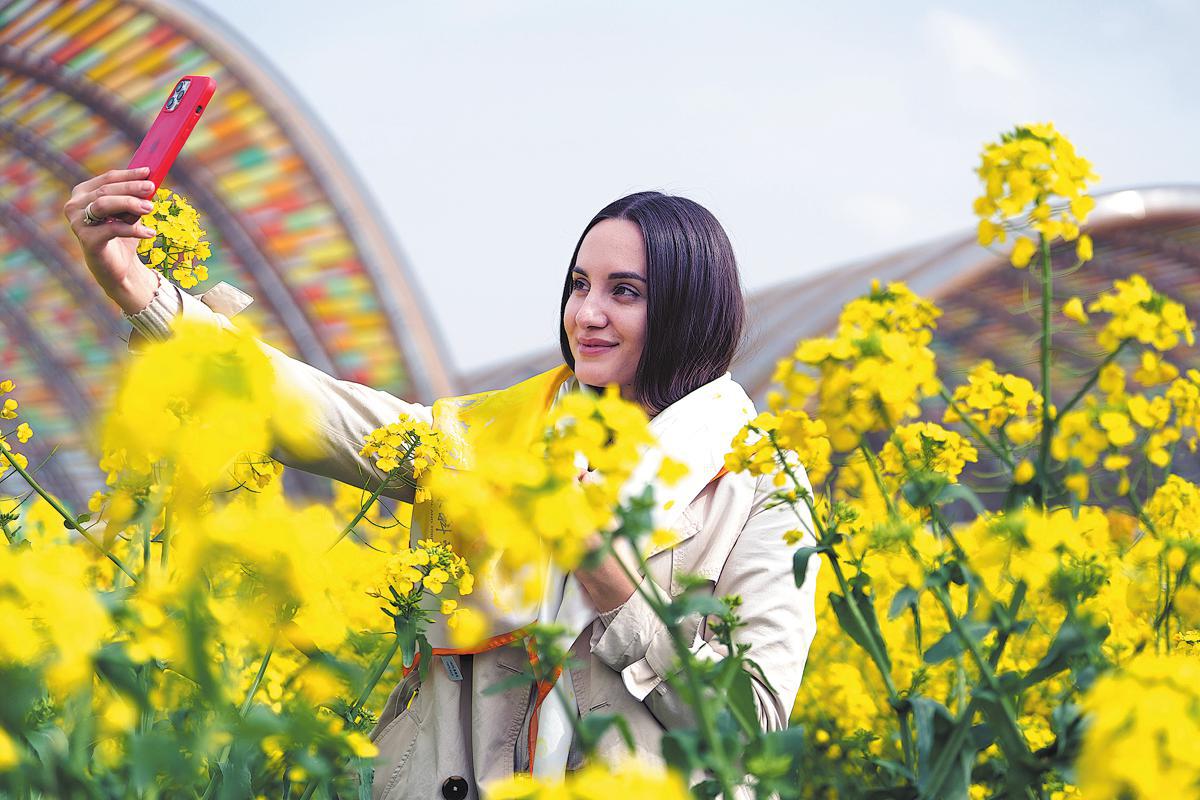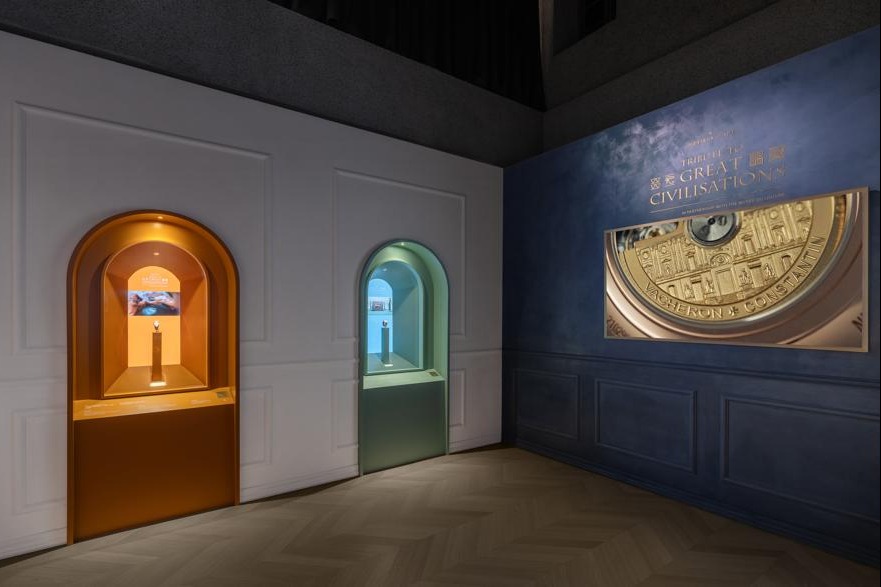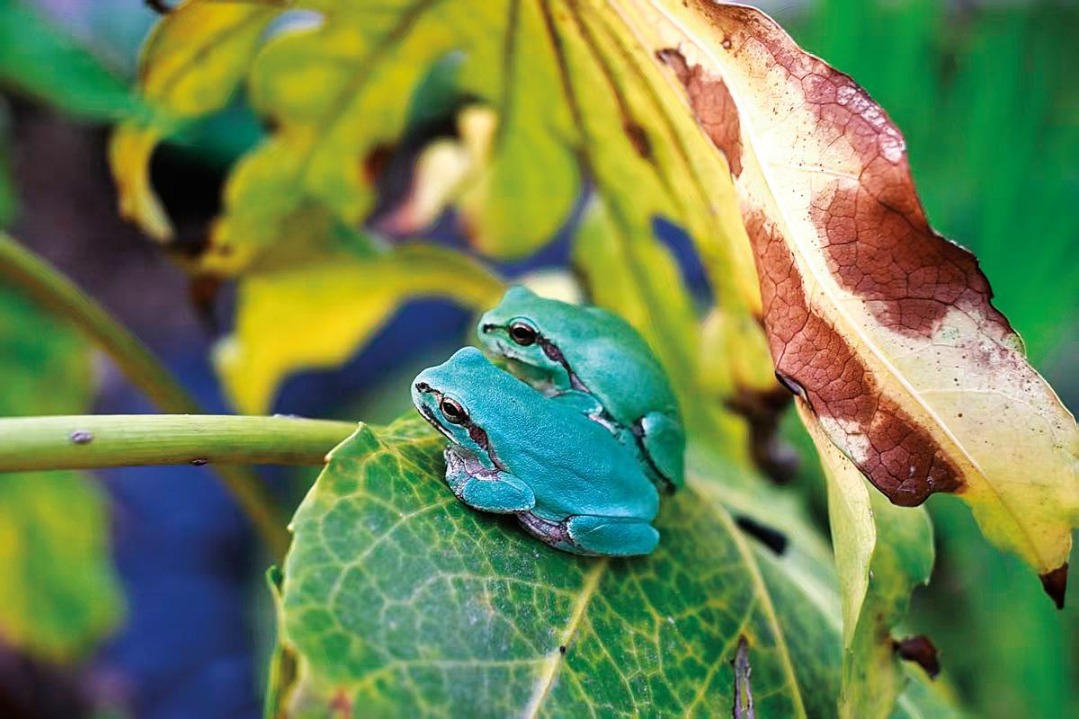High tech revitalizes ancient practices


CHENGDU — In the heartland of China, near a 4,500-year-old farmland, a team of agricultural scientists is modernizing an ancient practice. They are using big data analytics and artificial intelligence modeling to study and improve the yield of a specific plot of land.
At the experimental field near the Baodun site, where evidence of ancient rice cultivation was found, researchers from Sichuan Agricultural University are using AI-powered models to simulate the results of different hybrid rice varieties.
The modern research method has greatly saved time, unlike the conventional approach, which would require waiting until the harvesting season of a certain rice hybrid, researchers said.
Chinese archaeologists have unearthed carbonized rice, millet, and foxtail millet at the Baodun site, a walled enclosure dating back 4,500 to 4,200 years. This late Neolithic culture emerging on the Chengdu Plain in southwestern China bears witness to the agricultural dawn of ancient Chinese civilization. Today, the site's agricultural values, as well as archaeological and economic values, are being explored and expanded through technological means.
In a nearby lab, researchers are constructing a 3D image of the site to study the impact of ancient floods and to understand how the walled structures may have contributed to the prosperity of the plain. Not far from the site, the Tianfu Agricultural Expo Park, sprawling over 96 square kilometers, accommodates eco-farming, an expo and innovative farming practices.
The park with integrated platforms blending culture, commerce, agriculture and tourism has transformed muddy fields into vibrant cultural spaces, said Yuan Zhouping, director of the agricultural industry department of the Sichuan Tianfu Agricultural Expo Park Investment Co.
In addition to rice cultivation, silk weaving, another ancient invention that originated in the Chengdu Plain, has received a modern technological boost.
At the Jinmen Creative Park showcasing the silk culture, the application of AI in Shu Brocade bridges tradition and innovation. Clients submit AI-generated photos for machines to weave into brocade bases before artisans embroider them. "AI-assisted brocade slashes design time and ensures uniqueness," said Zhong Ming, director of Sichuan Shujing Cultural Communication. "It turns consumers into co-creators, revitalizing intangible heritage."
Juxtaposing the modern brocade is a 6-meter-tall Tang Dynasty (618-907) loom, with its warp and weft threads labeled "1" and "0" revealing a binary code. The centuries-old brocade patterns are also being digitized and analyzed to foster innovation, Zhong said.
China has more than 7,000 officially registered museums which attracted 1.49 billion visitors last year. Across the country, the increasingly wide use of AI, virtual reality and augmented reality now facilitates the preservation, utilization and exhibition of cultural relics and heritage.
In Chengdu, ancient paper money, or jiaozi from the 10th century, inspires creative works now exhibited at the city's art museum. Digital docents offer immersive tours and answer questions instantly for interested museum goers. Kiln museums market tea sets based on golden masks freshly unearthed from the Sanxingdui site, a rich and mysterious relic site near Chengdu. These innovative pieces are being sold on livestreaming platforms and have gained popularity among young consumers.
Xinhua
- High tech revitalizes ancient practices
- Nation to promote services for elderly and boost consumption
- County in Shandong nets big gains and creates jobs
- Beijing bathed in sweat as humidity continues
- Decades of replanting forests on revered peak hides scars of war
- Taishan's ancient trees remain firmly rooted




































